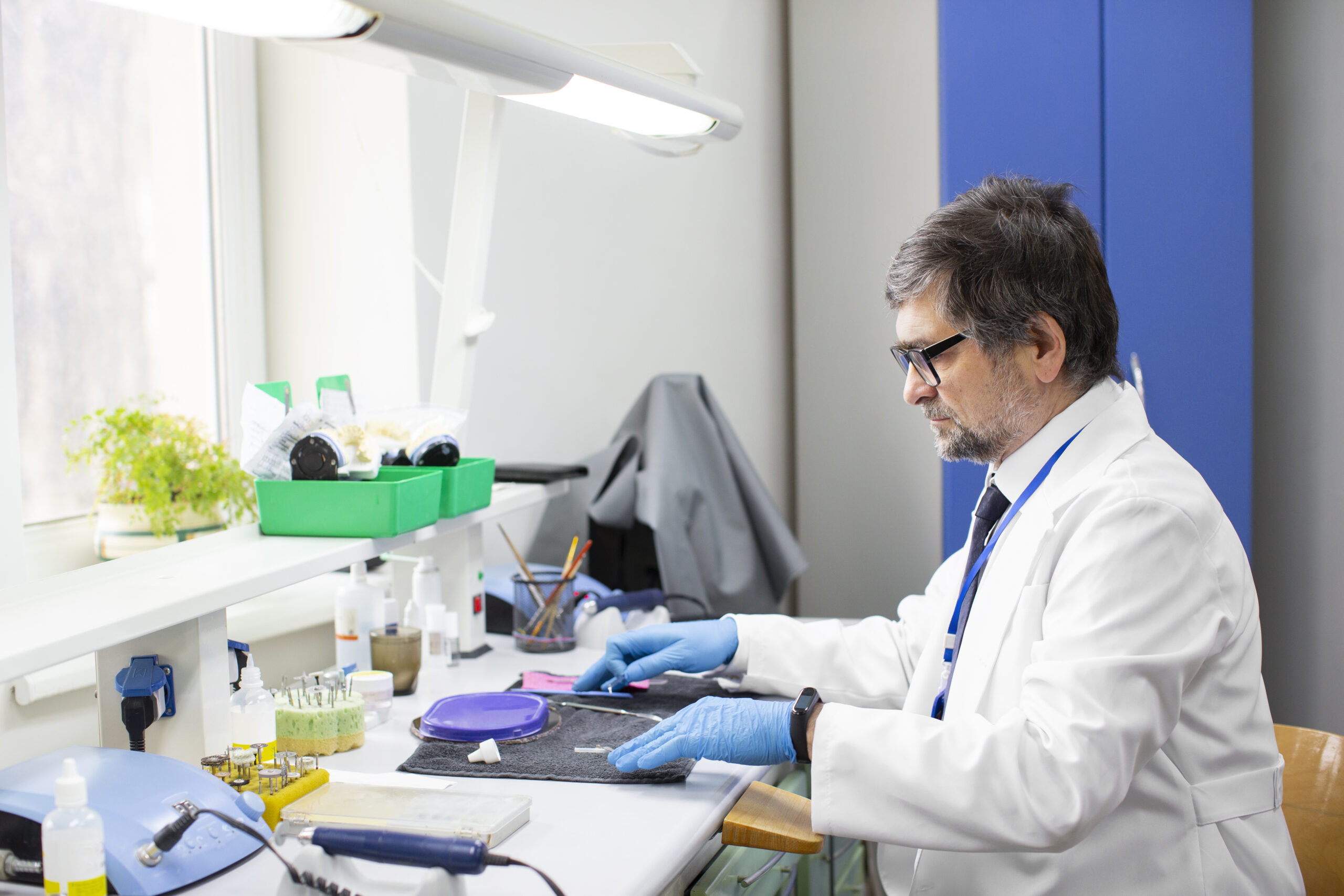In today’s competitive market, quality is not just a selling point—it’s a necessity. From electronics to cosmetics, every product you see on store shelves has gone through a meticulous process to ensure it meets safety, quality, and compliance standards. At the heart of this process lies the product testing laboratory, an environment where science, precision, and innovation meet to safeguard consumers and enhance brand credibility.
What Is a Product Testing Laboratory?
A product testing laboratory is a specialized facility equipped to evaluate the safety, durability, performance, and compliance of products before they reach the market. These laboratories follow strict industry standards and regulatory requirements, ensuring that each item is tested under controlled conditions.
Whether it’s testing the flammability of fabrics, the shelf life of food products, or the structural integrity of industrial equipment, these labs play a crucial role in the manufacturing and distribution process.
Why Product Testing Matters
The primary goal of any product testing laboratory is to protect end-users while helping businesses avoid costly recalls, lawsuits, and reputational damage. Here are key reasons why product testing is essential:
- Consumer Safety – Ensuring products are free from harmful chemicals, defects, or potential hazards.
- Regulatory Compliance – Meeting regional and international safety regulations such as ISO, ASTM, or CE marking requirements.
- Quality Assurance – Verifying that each product performs as promised and meets the manufacturer’s quality standards.
- Market Competitiveness – Gaining a competitive edge by showcasing verified quality and safety certifications.
Without proper testing, even the most innovative products could fail to meet the standards necessary for legal sale.
What Happens Inside a Product Testing Laboratory?
A product testing laboratory operates with precision and consistency, often divided into specialized departments depending on the product category. Here’s a closer look at the key stages:
1. Sample Collection and Preparation
Before testing begins, product samples are collected directly from production batches or the market. These samples are carefully documented and prepared according to standardized procedures to avoid contamination or bias.
2. Testing and Analysis
Depending on the type of product, a wide range of tests may be conducted, including:
- Physical Tests: Assessing durability, tensile strength, impact resistance, or weight tolerance.
- Chemical Analysis: Detecting toxic substances, allergens, or chemical composition.
- Environmental Tests: Simulating extreme conditions like humidity, temperature fluctuations, or UV exposure.
- Performance Tests: Evaluating how the product functions under typical and extreme usage scenarios.
3. Data Recording
Accurate and detailed data recording is essential. Each result is logged into specialized software systems, ensuring transparency and traceability for audits or future reference.
4. Reporting and Certification
Once testing is complete, a detailed report is prepared. If the product passes, certifications are issued to verify compliance. If it fails, manufacturers are given feedback for corrective action.
Types of Product Testing Laboratories
Not all laboratories are the same. Depending on industry needs, a product testing laboratory may specialize in specific categories:
- Consumer Goods Testing Labs – For electronics, home appliances, clothing, and toys.
- Food and Beverage Testing Labs – Ensuring food safety, nutritional accuracy, and shelf-life validation.
- Pharmaceutical and Cosmetic Testing Labs – Testing for safety, stability, and ingredient compliance.
- Industrial Equipment Testing Labs – Evaluating heavy machinery, construction materials, and automotive parts.
By choosing the right type of laboratory, businesses ensure accurate testing relevant to their product category.
Standards and Certifications in Product Testing
A credible product testing laboratory operates under globally recognized standards. Some common benchmarks include:
- ISO/IEC 17025 – Accreditation for laboratory competence.
- ASTM International Standards – Guidelines for material and product testing.
- FDA Compliance – For food, pharmaceuticals, and cosmetics in the United States.
- CE Marking – European conformity for a range of products.
Adherence to these standards not only guarantees reliability but also builds trust with regulators, retailers, and consumers.
Technology in Modern Product Testing
Advancements in technology have transformed how a product testing laboratory operates. Automation, artificial intelligence, and data analytics now streamline processes, reducing human error and improving accuracy.
For instance, automated tensile testing machines can record exact breaking points of materials, while AI-powered image analysis can detect micro-defects invisible to the human eye. This integration of technology ensures faster turnaround times without compromising precision.
Choosing the Right Product Testing Laboratory
If you’re a manufacturer, selecting the right product testing laboratory can make a significant difference in your product’s success. Consider the following factors:
- Accreditation and Certification – Ensure the lab meets international standards.
- Industry Experience – Choose a lab with a track record in your product category.
- Testing Capabilities – Verify they offer all the necessary tests for your compliance requirements.
- Turnaround Time – Fast, efficient reporting helps you bring products to market quickly.
- Transparency – Look for clear communication and detailed reporting.
The Role of Product Testing in Brand Reputation
A strong reputation for quality doesn’t happen by chance—it’s built on a foundation of trust. A product testing laboratory helps establish that trust by providing independent, unbiased verification of your product’s safety and performance. In an age where consumers are more informed and discerning than ever, having certified test results can be a major differentiator in the marketplace.
Conclusion
Inside a product testing laboratory, every detail matters—from the precision of the testing equipment to the accuracy of the final report. These facilities serve as a critical checkpoint between product development and market release, ensuring that what reaches consumers is not just functional, but safe and reliable.
Whether you’re a manufacturer aiming for compliance or a consumer seeking peace of mind, understanding the work that goes on inside these laboratories can help you appreciate the rigorous journey every product undertakes before it lands in your hands.
